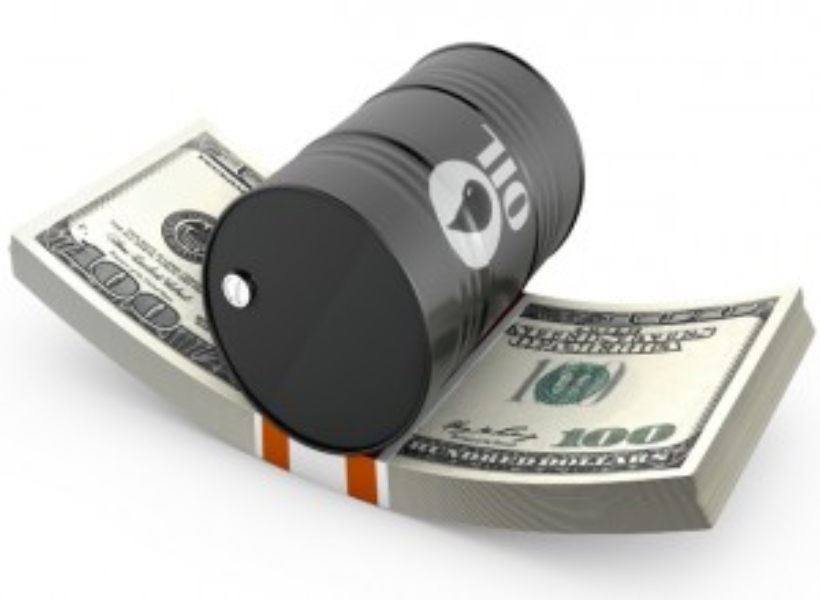With most of the attention now fixed on getting the requisite systems in place to manage the oil money to come, there are still some economic deficits which Guyana needs to keep in focus. This was noted in the most recent analysis of Coface, one of the world’s most trusted insurance companies which carries over 70 years experience as an industry leader.
Regarding external accounts, Coface said that Guyana has a structural trade deficit, with imports mainly composed of fuel and capital goods, and exports of raw gold (52%), rice (16%), and bauxite (9%). It said that the balance of services is also structurally in deficit (9% of GDP in 2017).
Be that as it may, Coface thought it prudent to note that the government of Guyana is still pursuing an expansionary fiscal policy marked by significant public spending on infrastructure and the restructuring of the sugar sector.
It said that the budget deficit is expected to decrease slightly due to a reduction in subsidies to the state-owned sugar company GuySuCo which received subsidies equivalent to one to two percent of GDP in the last three years.
In addition, Coface was careful to highlight that an increase in public revenue would be made possible by better tax collection, following an effort to modernize the functioning of the tax administration.
It also said that the risk related to debt sustainability is expected to be offset by future oil revenues of 2.6% of GDP in 2020, which should rise in subsequent years (4.1% of GDP in 2021). The external share of debt represented 35.5% of GDP in 2017.













